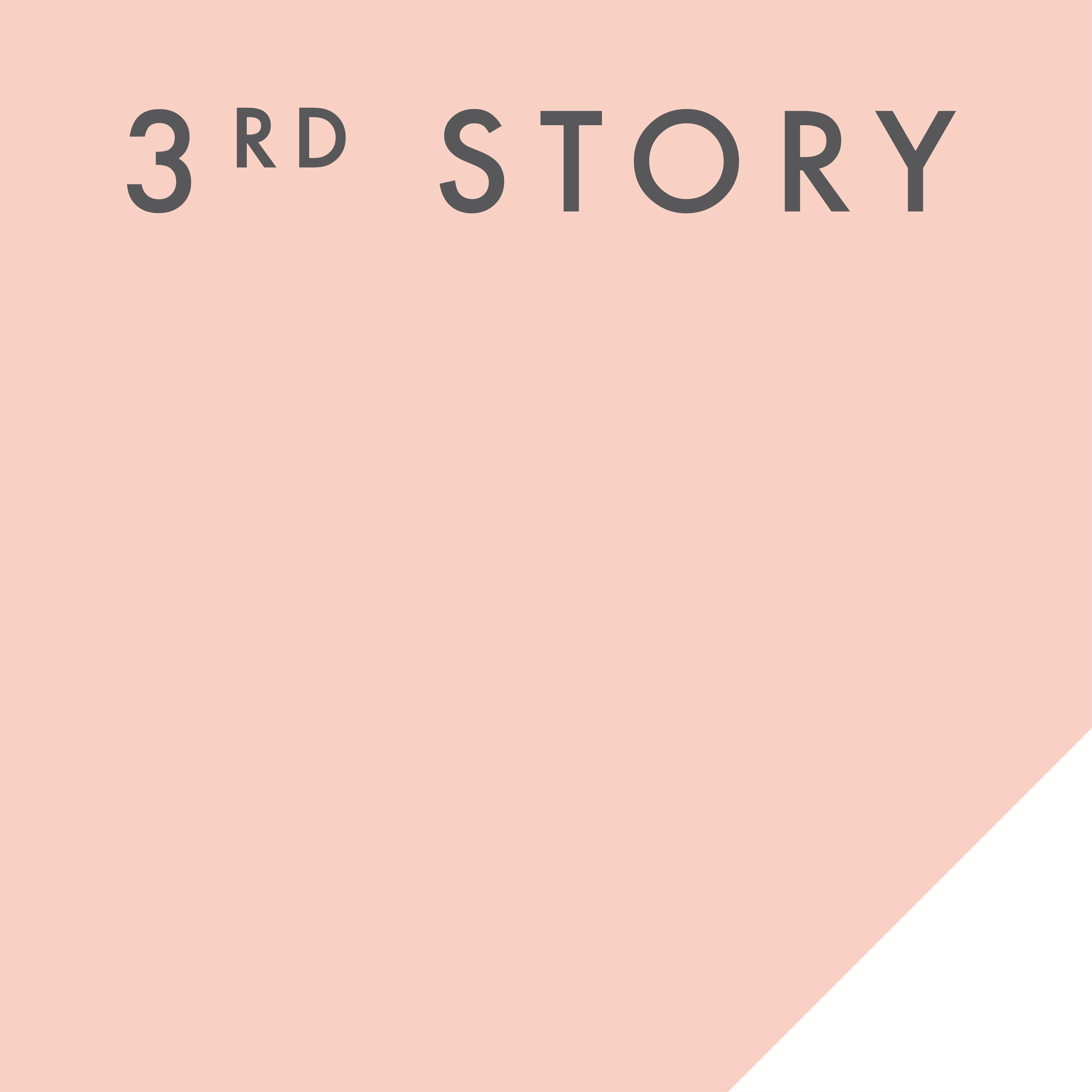
Side of the highway, on our way to Regina to see a Saskatchewan Roughriders football game.
I married into a family of Saskatchawanians. I had no connections or interest in the prairies prior to my relationship with my now-husband. This summer we had the chance to spend some time at the family cottage two hours north of Saskatoon, as we celebrated the Jackson matriarch’s 90th birthday. I had the chance to make a quilt for her based on a 16” x 16” sketch from the landscape charrette series that I created last spring.

16″ x 16″ mini quilt, April 2017 – Quilt Charrette series.
A few summers ago, my mother-in-law experienced an intense storm that hit as she drove by herself on a very late night in rural Saskatchewan. Using one of my favourite colour combinations, I imagined from her description — gold improvised fields and very regularly spaced rain, quilted with metallic gold thread.

Side of the highway near Warman, SK
There were a couple of stops along the side of the highway to photograph the prairie-inspired quilt, which measured 50” x 72”. The intensely yellow canola fields were a regular siting along our long drives around the province. This time I used Glide Thread in Fool’s Gold for the quilting. I wasn’t sure how regular metallic thread would fare in my Juki TL-2010Q so I was happy to try this 100% polyester thread with a sheen. I didn’t get a chance to photograph the quilt label unfortunately, but I suspect I will get to see the quilt again.

We made time to escape for a day trip to the city of Saskatoon, which has its own cultural vibe going on. In the fall of 2017, the new Remai Modern opened up, an art gallery dedicated to contemporary art. The building was designed by KPMB with lead design architect Bruce Kuwabara. It is located at the junction of a bridge crossing the South Saskatchewan River, the river itself, and multiple recreational bikepaths.

Remai Modern, designed by KPMB Architects. Image via remaimodern.org.
I really enjoyed our time there without our kids to take in the artwork. Of special note, two installations in the public areas of the museum. Lucky Charms by Pae White makes use of neon “doodles” (terminology mine) in colours of light used in “happy lamps”. These wavelengths of light are used to help the symptoms of depression caused by seasonal affective disorder. On our visit to Saskatchewan shortly after the summer solstice, we experienced daylight until past 10 pm. That means that the opposite season of cold dry winters have very limited daylight hours. This installation touches on the effects of daylight, living at such a northern latitude.

Lucky Charms by Pae White
The second piece was Sol LeWitt Upside Down by Haegue Yang. These very rational looking boxes are a re-interpretation of his modular Structures but hung upside down. Each cube of the framework is enclosed with a surprising material – very mundane Venetian blinds. I love these very rational boxes against the geometric linear lights suspended above them. The Venetian blinds capture both the artificial lighting above it as well as the natural light coming through the atrium space that connects all levels of the museum.

On a non-aesthetic level, what strikes me about these two installations is that they are works by female artists prominently displayed in public spaces. Women’s roles in the public realm has evolved greatly in the last 100 years and I hope that this artistic representation continues to grow. Especially as a Asian female artist, Yang’s artwork as the first encounter in a museum of such importance really encourages me. Asian females are often perceived as the most reticent, passive, and submissive in European and North American cultures. Although none of the females in my family fit this profile — we are a particularly assertive and vocal bunch! — I have certainly been subject to this stereotype. I have begun to make a case for my role as an female Asian artist in a dominantly white art form, as well as for domestic arts to have a place in the public realm. This is a relatively new dimension to what I think about in my artistic practice, and I’m excited to see how it informs the way I work.

The lobby of the Remai Modern.
The vast Canadian prairie landscape is one that I really took notice of this trip and I’m sure we’ll be back again in the next few years for another Saskatchewan adventure.

Photo by Bruce Jackson

What a great quilt. It sounds like you had a great family vacation.
It was fun but exhausting!
My heart is in the prairies. I am enjoying my time living on the Island, but those big open skies are my fave.
It takes several months or years to get used to a new landscape! I don’t know if I could live on the prairies after having lived by the ocean for 6 years.